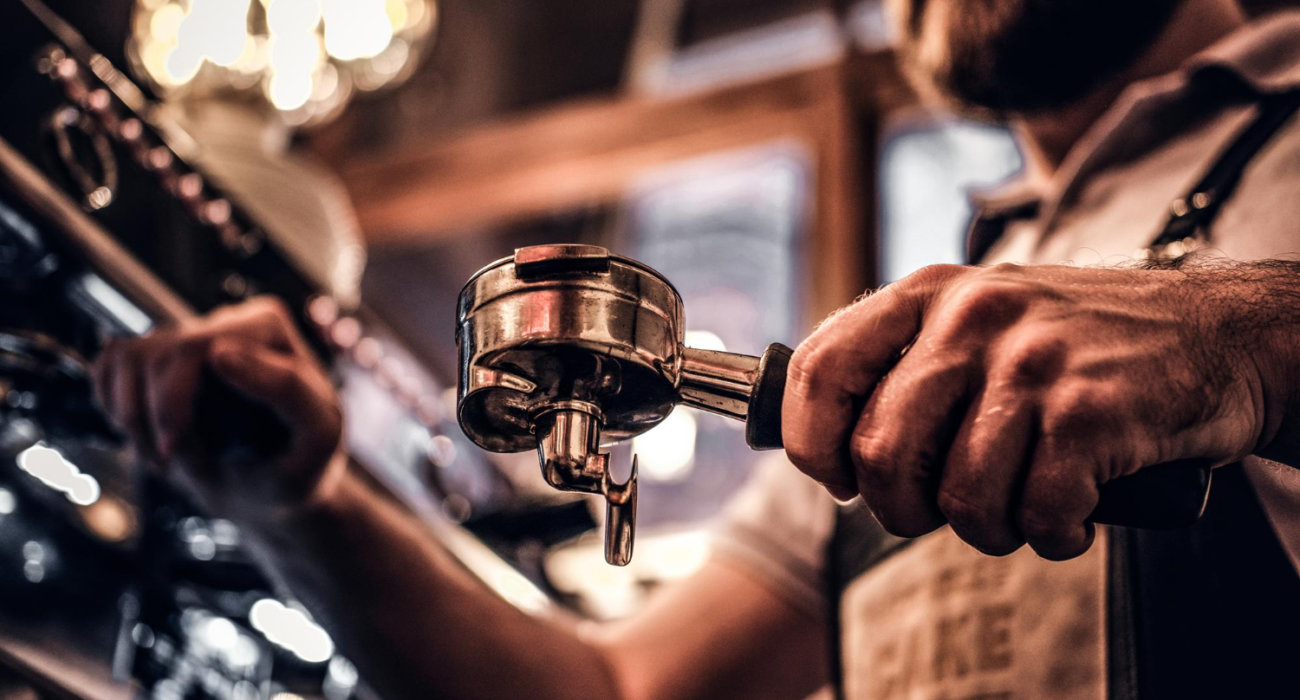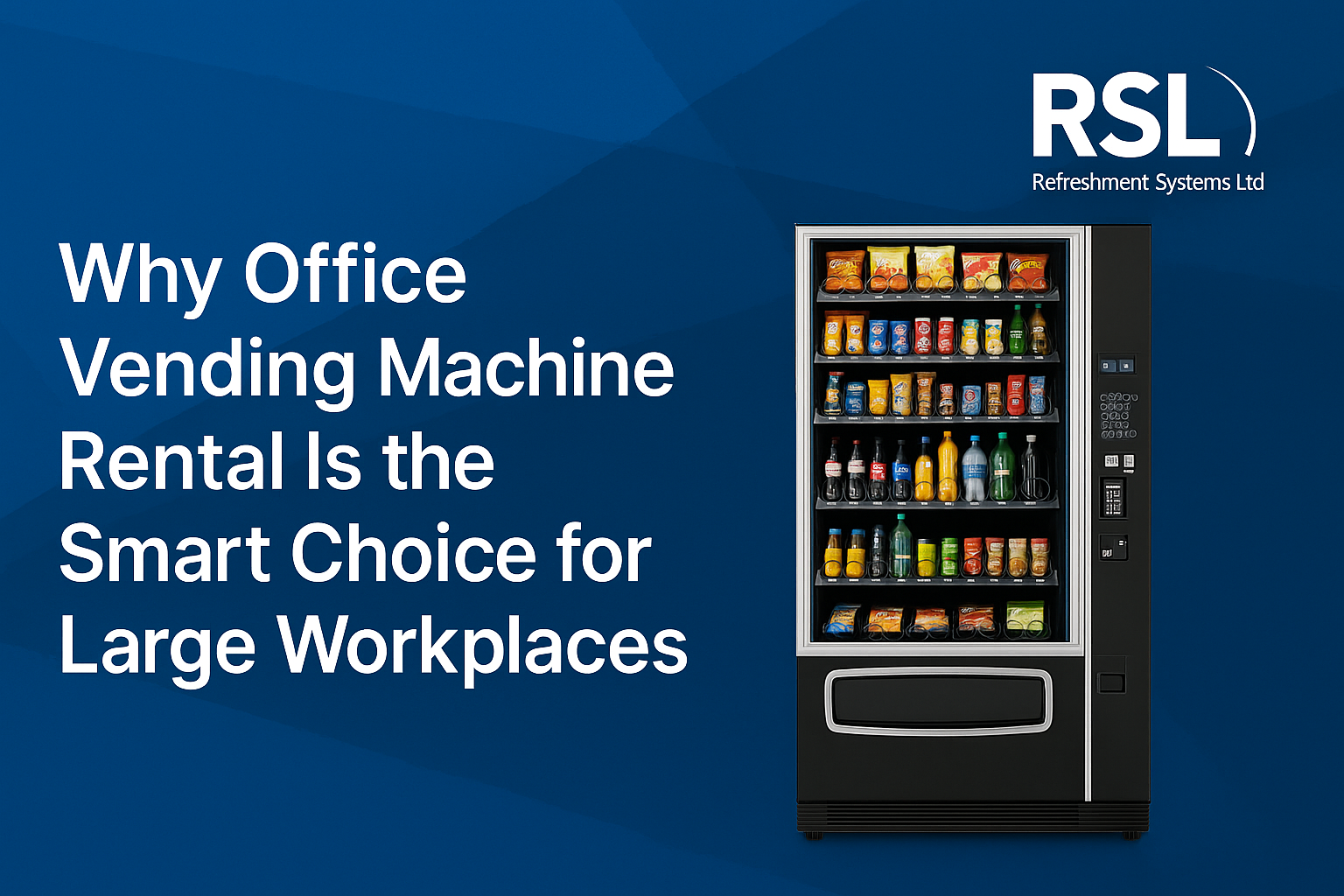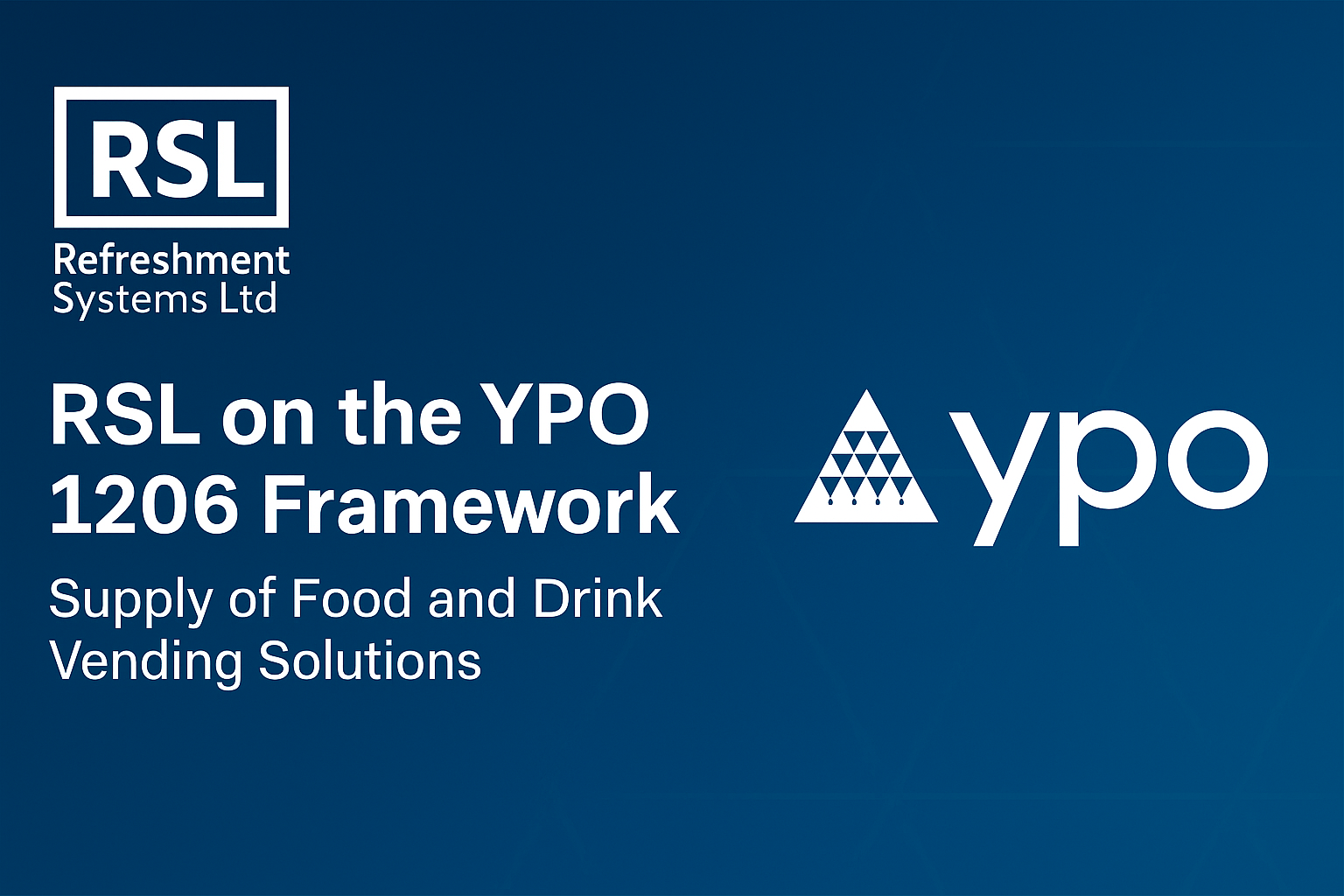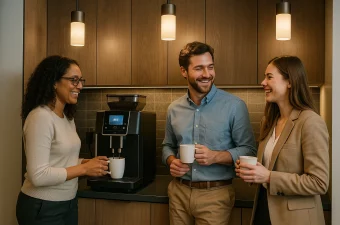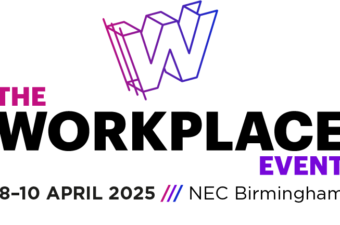A great barista is a skilled technician: someone who understands the science of coffee-making knows how to use multiple brewing devices and machines, and can use their coffee knowledge to make good recommendations to customers. Here are what barista techniques you need to master and how you can make the most of them.
Coffee flavour profiles
What are the basic coffee flavours and descriptors? Which ones are most prized (e.g. balance, acidity, sweetness)? What does your customer mean when they ask for “rich” or “strong” coffee?
Production, processing, & roasting
What’s the difference between your washed coffee and your honey coffee? A single origin and a blend? A Guatemalan and an Ethiopian? Most importantly, how do all these points affect the consumer? We’re not saying you should be an expert on production, but you should know the basics.
Then there’s roasting. This impacts not just the coffee flavour but also how you should brew it. For example, darker roasts can be more degraded and more inclined to bitterness than lighter roasts, so they might need a lower brew temperature.
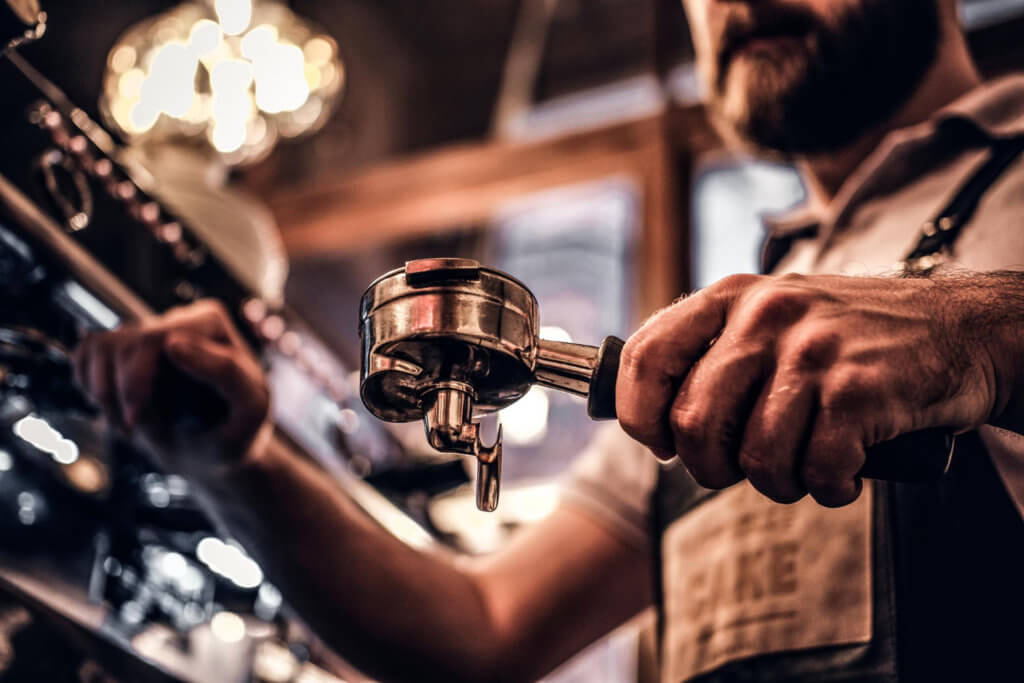
And what about decaf coffee: how is that made? What’s the difference between Swiss Water and Ethyl Acetate decaffeination?
Extraction & brewing
In a speciality coffee shop, there’s much more to making coffee than pushing buttons. And so baristas need to understand the basics of extraction. This is the process by which coffee flavour compounds and aromas are extracted from the ground coffee in the water. Different compounds are extracted at different points in the brew, enabling baristas to control the flavour of the final cup of coffee.
The rate of extraction is affected by the grind size, ratio of coffee to water, water temperature, roast level, and more.
Grinding
Grinding is key to great coffee. First, it’s important to grind right before brewing, otherwise, your coffee will go stale. Again, this should be understood before you attempt to master any other barista techniques.
Secondly, you need to understand the importance of grind size for different brew methods and extraction. The finer the grind size, the faster the rate of extraction and the slower the flow of water. This is because the water has direct contact with more of the coffee’s surface, and also because there are smaller gaps between the grounds.
In other words, if your coffee tastes bitter (i.e. over-extracted), you might want to try using a coarser ground to slow down extraction and speed up the brew time. On the other hand, if it’s sour (under-extracted), you could grind finer.
You’ll also need to learn how to calibrate your grinder for the espresso machine. The ideal grind settings will depend on the weather, the age of the roasted coffee, and more. This means it can vary on a daily (or even hourly!) basis. Grinder calibration is an essential skill for a speciality barista.
Espresso-making
Espresso-making requires a range of technical skills. Tamping is often overlooked here, but it’s vital for good coffee. (Fortunately, once mastered, it’s a relatively simple skill.) There’s also a lot of debate over the role of coffee distribution before you tamp.
Depending on your machine, you may also need to know about espresso pre-infusion, pressure profiling, flow profiling, and more.
Of course, few people order just an espresso (unless you’re in Italy). What people will order, however, is an espresso-based drink. You should be familiar with all the main ones, including the latte, cappuccino, flat white, long black, Americano, cortado, and macchiato.
Oh, and then there’s machine maintenance. Espresso machines require daily, monthly, and annual upkeep and a lot of that will be done by the coffee shop staff.
Milk steaming, pouring, & latte art
Coffee and milk are a great combination, but steaming and pouring well takes a lot of practice. You aim to create great texture and avoid scalding the milk. And everything from wand position to pour speed matters.
Be careful with how much milk you put in the jug. If you steam too much milk, some will go to waste, and that’s not good for the coffee shop’s finances or the environment.
Bear in mind that there’s a science behind which milk is best. Alternative dairy products are notoriously more challenging for steaming and latte art.
You may want to practise with different milk jugs, as spout shape and jug depth will affect your pour.
In most speciality coffee shops, latte art comes as standard. We have guides on some of the most basic pours, including hearts, tulips, and rosettas. Once you’ve become competent at latte art, however, the only limit is your imagination (and your customer’s patience).
Manual & batch brewing
What speciality coffee shop menu is complete without its filter coffee? Familiarise yourself with the main manual brewers, from the Kalita Wave to the AeroPress. Make sure you know the differences so you can not only brew them well but also make recommendations to customers.
Understand the importance of different kinds of filters, and learn how to manipulate filter recipes using other barista techniques.
Many speciality coffee shops also offer batch brew – some even prefer it to manual brewers. The batch brew isn’t always as respected as manual brew, but when done well it creates a consistent, delicious coffee.
Understanding how to operate a manual brewer, and how to change brew time and bed depth to get the desired coffee profile, will be a valuable skill.
Recipe creation & troubleshooting
There are two types of recipe creation that you might be asked to do. The first is espresso/filter recipe creation. This is where you decide the brew time, temperature, grind setting, and more of a new coffee.
You may also need to troubleshoot bad coffee. Why is the batch brew coming out so oily? Why is the espresso lacking body? (Oh, and if you’re thinking of troubleshooting espresso by the crema, forget that now – some coffees just won’t create crema.)
This type of recipe creation and troubleshooting requires a solid understanding of extraction, patience, and plenty of experience. But as you get better at it, you will find yourself becoming more confident in your knowledge of barista techniques.
The second type of recipe creation is signature beverages/mocktails. Some speciality shops will only serve traditional coffees: black, latte, cappuccino, etc. Others will experiment with syrups, spices, and flowers to create unique drinks that can attract more clients. This requires an understanding of flavour combinations, aroma, texture, and more – and it’s something that usually only comes with experimentation and practice.
Cleaning & hygiene
You may be surprised to hear cleaning described as an important barista technique, but good hygiene is essential for any coffee shop – and cleaning is often undervalued and underestimated.
Every day, you’ll have to thoroughly (and quickly) clean everything from espresso machines to fridges. You’ll learn a whole new way to mop floors and systems for recording food dates, along with how to use industrial-level cleaners.
And while this may be one of the least glamorous elements of a barista, it’s also one of the most important – especially in the customer’s (and the environmental health inspector’s) mind.
Of course, there’s much more to serving customers and preparing coffee than mastering important barista techniques. Customer service, teamwork, dedication, flexibility, coping with high-pressure situations… Being a barista is a rewarding but demanding job.
Master these skills, however, and you’re on your way to being an excellent barista.
If you want to hear more about our product and services, get in touch with Refreshment Systems on 0800 169 3686.
Or via our contact form.
Check out our social pages for more news and offers that the vending world and RSL are offering.
Our Facebook Page: @refreshmentsystemsltd
Our LinkedIn Page: Refreshment Systems Ltd
Our Twitter: @RefreshmentSys
